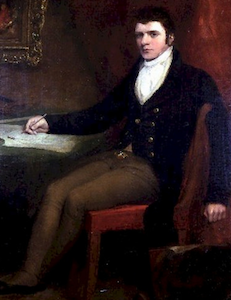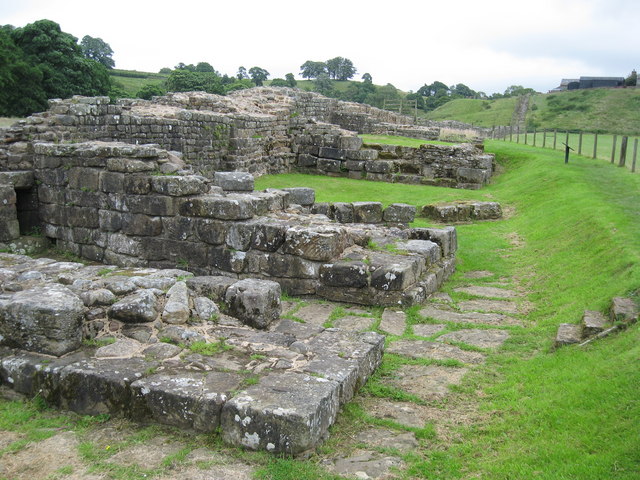Topics > People in History > John Dobson (1787 - 1865) > John Dobson - biographical entry, 1888
John Dobson - biographical entry, 1888
DOBSON, JOHN (1787-1865), architect, was born in 1787 at Chirton, North Shields. From an early age he manifested a great power of design, and at fifteen he was placed as a pupil in the office of Mr. David Stephenson, the leading builder and architect in Newcastle-on-Tyne. On the completion of his studies he repaired to London, and sought the instruction of John Varley, the father of English water-colour, who was so struck with his ability as to agree to give him lessons at the early hour of five in the morning, the rest of his day being fully occupied. One of Varley's pictures, exhibited at the Royal Academy, was a curious monument of their intercourse. It was an airy landscape, with buildings, wood, and water, which was actually composed by the master from a sketch noted down by the pupil on awakening from sleep, and bore the title of ' Dobson's Dream.' After some time spent in London Dobson returned to Newcastle, where he settled himself permanently, and became the most noted architect of the north of England. He died, 8 Jan. 1865, in his seventy-seventh year. It has been claimed for him that he was the real author of the modern Gothic revival in actual practice, and that the earliest Gothic church of this century was built by him. He was the restorer of a great number of churches, and acted with judgment and knowledge where he was not overruled. In domestic architecture he was perhaps even more successful. His work is to be seen in many of the great seats of the gentry of the north, as Lambton Castle, Unthank Hall, Seaton Delaval, in which last place the difficulties that he overcame were extraordinary. In engineering architecture his greatest achievement was the Newcastle central station, the curved platform of which has been imitated throughout the kingdom, and the design of which, if it had been carried out as he gave it, would have been very fine. In prison architecture he applied the radiating system, which was for many years the favourite scheme of Jeremy Bentham. Bentham, however, was unable to secure the adoption of his ' Panopticon.' An early example of this structure was given by Dobson in his building of Newcastle gaol. His great monument, indeed, is the city of Newcastle-on-Tyne, the greatest part of the public buildings of which, and the finest new streets, were designed or erected by him. If the corporation of Newcastle could have accepted his designs absolutely, their town would now be the finest in the empire. The characteristics of this architect were adaptability, ingenuity, patience, constructive imagination, and an instinctive intelligence of the genius loci.
[Life by his daughter, Memoirs of John Dobson, 1885 ; an account of his architectural projections is given in Mackenzie's Hist, of Newcastle.] E. W. D.
From:
DICTIONARY OF NATIONAL BIOGRAPHY. EDITED BY LESLIE STEPHEN. VOL. XV. DIAMOND DRAKE. MACMILLAN AND CO. LONDON : SMITH, ELDER, & CO. 1888
Public domain (Copyright expired)
https://archive.org/stream/dictionaryofnati15stepuoft/dictionaryofnati15stepuoft_djvu.txt










